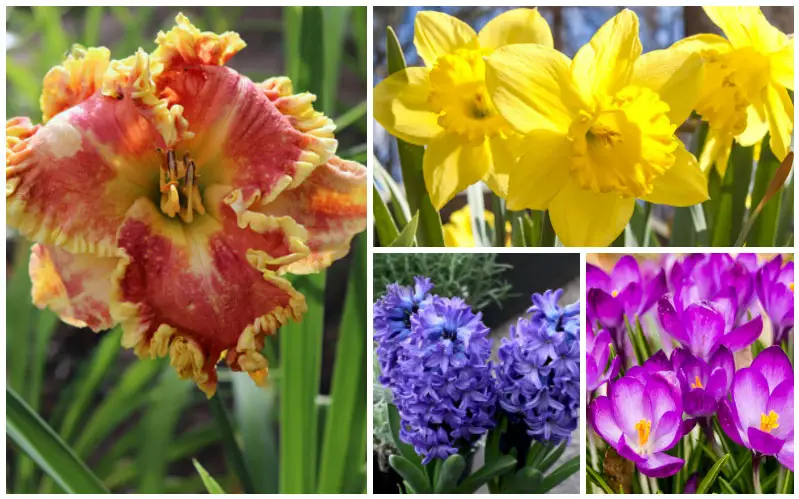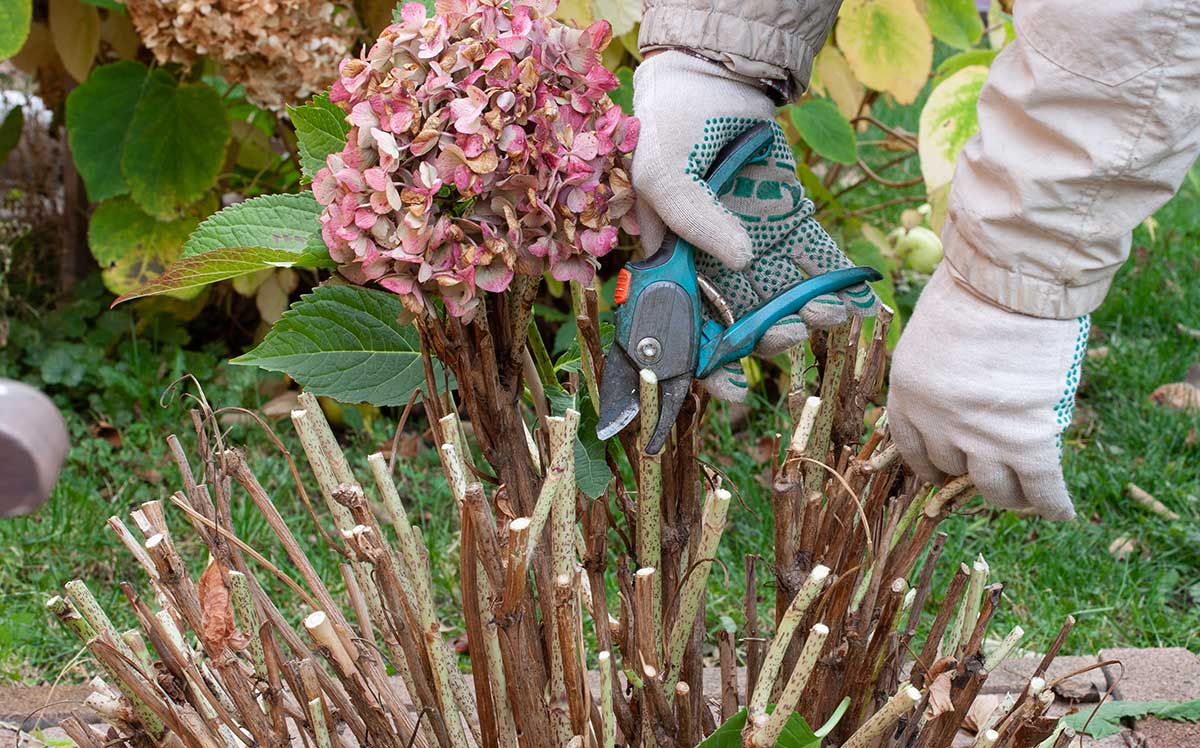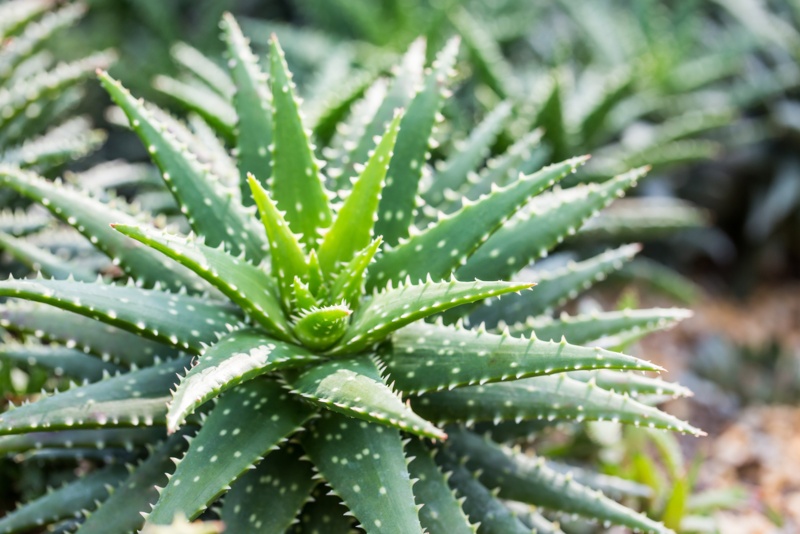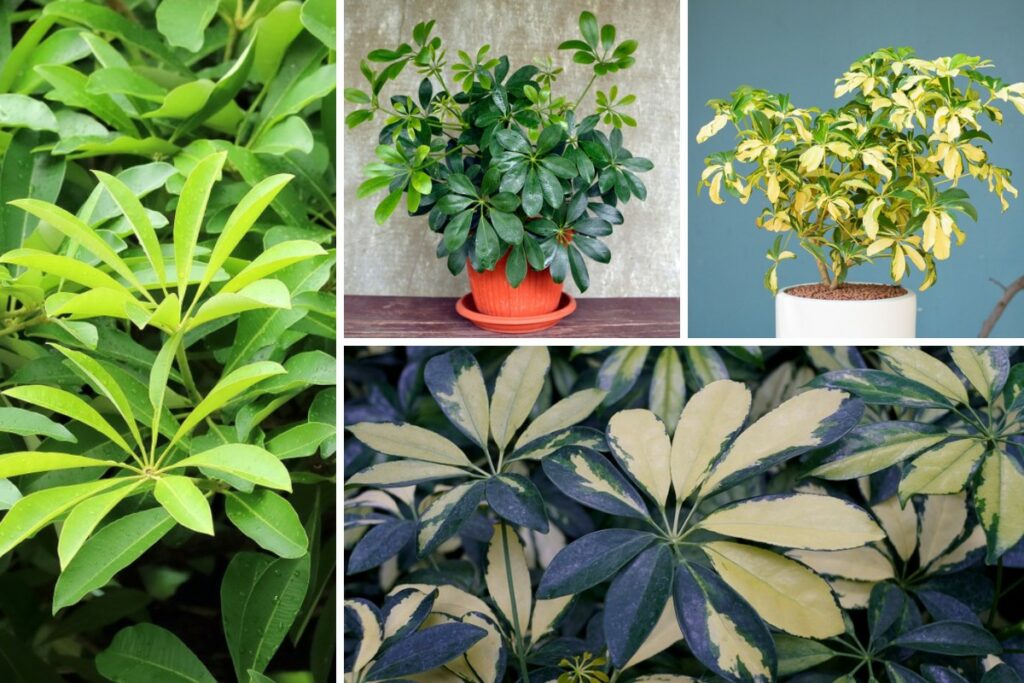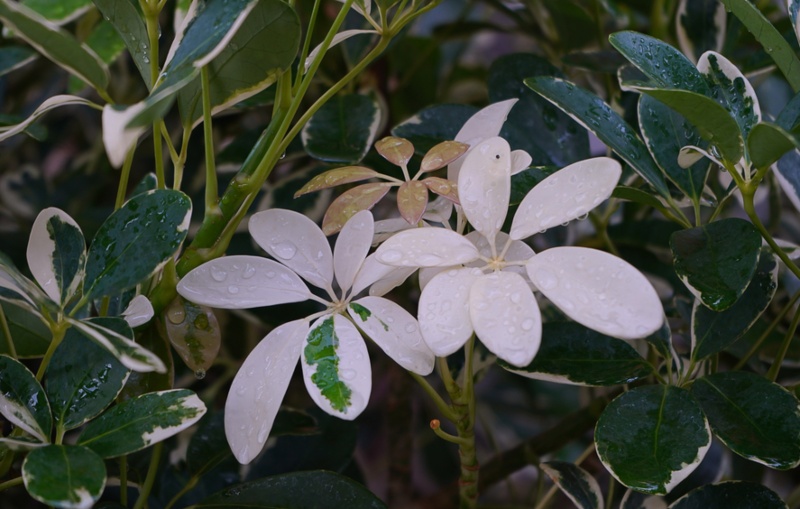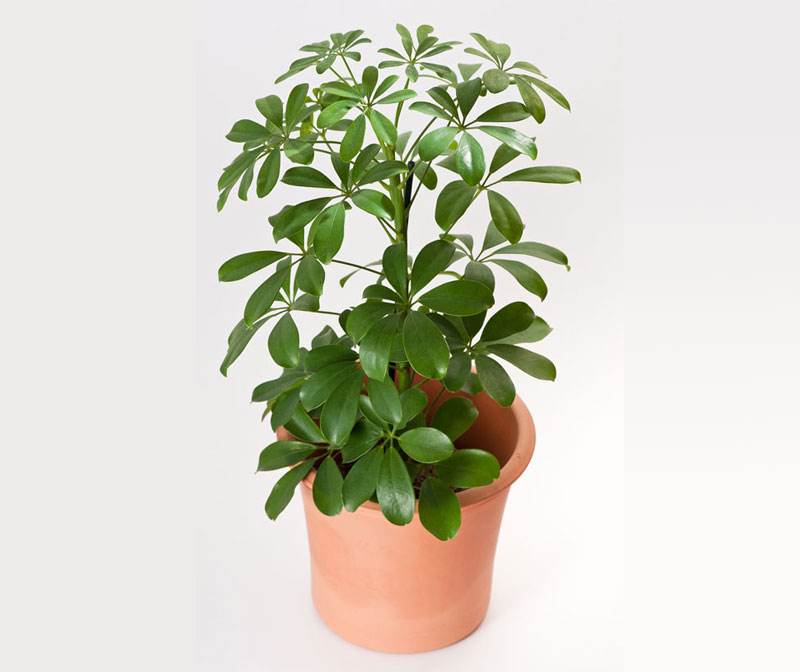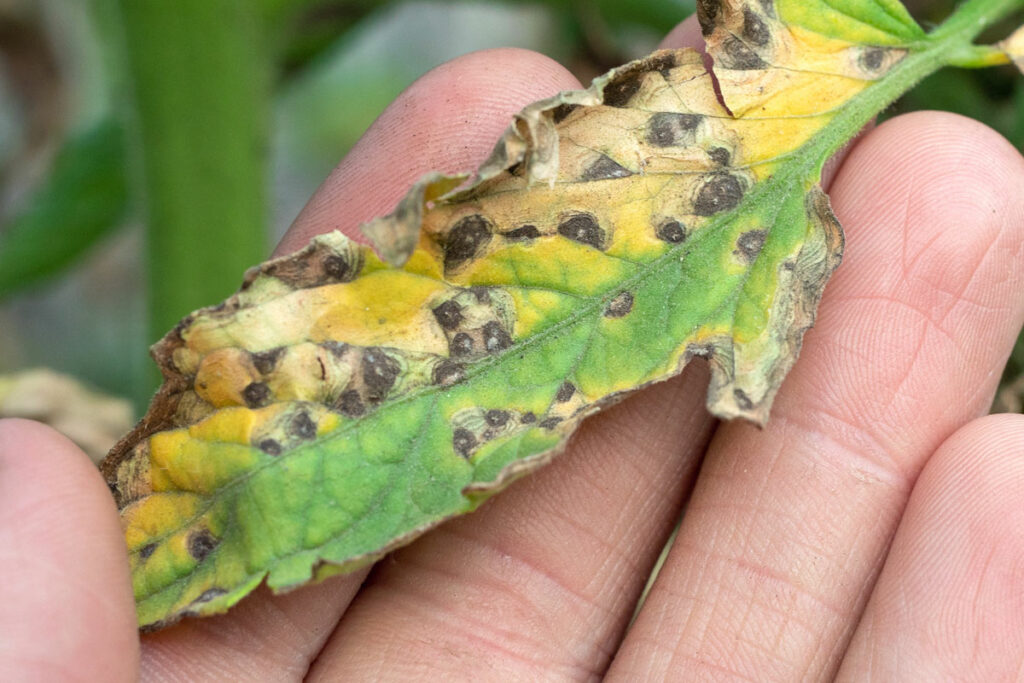
The umbrella plant is an attractive houseplant also known as the dwarf umbrella tree, parasol plant, and octopus tree. They are popular because they’re easy to take care of for most people and don’t require a lot of in-depth maintenance.
However, their leaves may develop brown spots that can eventually lead to drooping branches and even death. Treating this problem immediately is critical.
Why Your Umbrella Plant is Suffering
Umbrella plants typically develop brown spots on the leaves due to several different problems. These include too much light, low humidity, leaf-spot diseases, poor fertilizing, pests, and bad watering habits. Each of these issues has a slightly different cause and deserves to be examined in more depth.
Excessive Light
Do you use an artificial lamp to give your umbrella plant UV rays? You might be exposing it to too many UV rays and scorching it. Typically, you’ll also notice brown tips on the leaves, curled leaves, and other symptoms. Too much direct sunlight may also cause this problem.
Poor Humidity
Plants typically need a good humidity level and too little or even too much humidity can cause brown spots throughout your umbrella plant. This problem is more common in the winter because these are often the driest months of the year and the hardest for the umbrella plant to survive, though humid days in spring may also cause brown spots.
Leaf-Spot Diseases
Leaf-spot diseases are a common problem that plagues many plants, trees, and shrubs. They create spots on leaves that can lead to leaf death. These diseases can become very destructive very quickly and cause long-term damage to your umbrella plant, including its death.
Pests
The umbrella plant is commonly attacked by pests like spider mites, which can damage the leaves and cause brown spots. The toughest part about this issue is that spider mites are often hard to see and may require careful inspection to spot and properly manage.
Poor Fertilizing and Watering
Many people don’t water or fertilize their plants properly and may seriously damage their umbrella plants. Though they are hardy plants that can withstand many care changes, they still need consistent watering and proper fertilizing to stay healthy and strong.
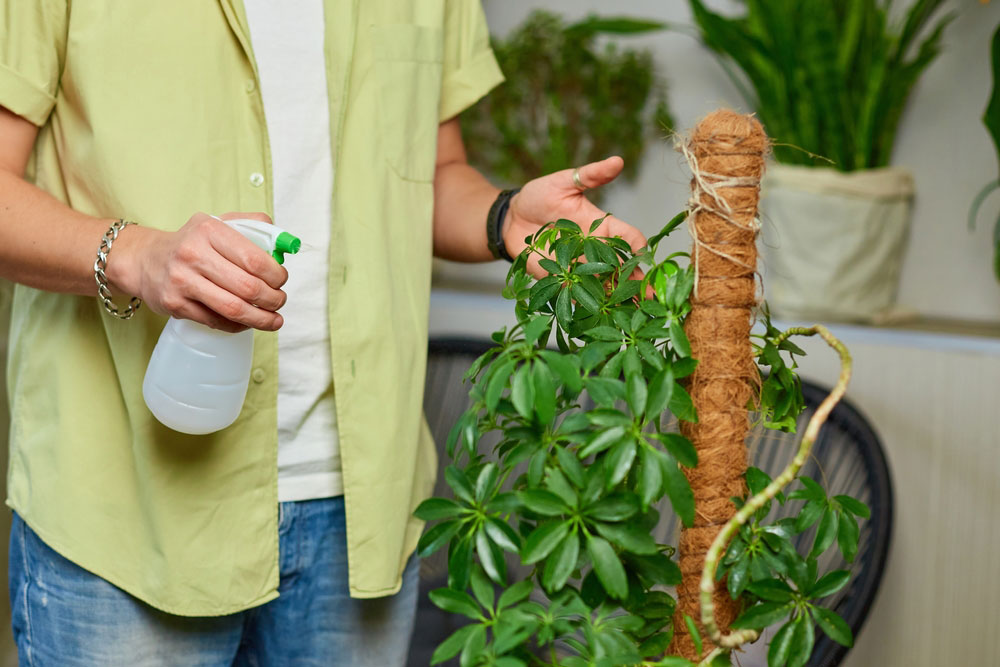
Fixing These Common Umbrella Plant Issues
Managing these problems varies depending on which is affecting your plant. The easiest fix is to change your fertilizing and watering habits. Start by only watering when the plant is dry to about one-inch below the surface of the soil and only fertilize once a year to avoid damaging the plant.
Next, move your UV plant away from the leaves or move your umbrella plant out of the window to a more shaded area. It likes sun but too much can be damaging, so try to place it in rooms where it doesn’t get direct sunlight, such as on the north and south sides of a house.
If your plant has spider mites, you can gently wash its leaves with water spray and wipe off the leaves with a rag to remove them. Leaf-spot diseases typically require working with a professional who can diagnose this problem and provide a care method to manage
Finally, check your air humidity and add either a humidifier or de-humidifier to keep it between 50-60%. This level is perfect for the umbrella plant and should keep it healthy. This step also provides your air with a healthier humidity level and makes it more comfortable for you.
When To Ask for Help
Most plant owners should be able to handle these steps without calling in a professional arborist. However, if you make changes to your umbrella plant’s care and they still develop brown spots, you need to contact a professional near you who can diagnose what is happening to your plant.

